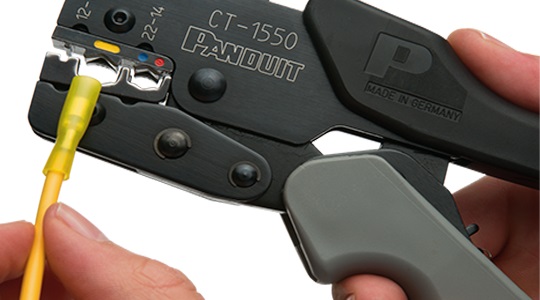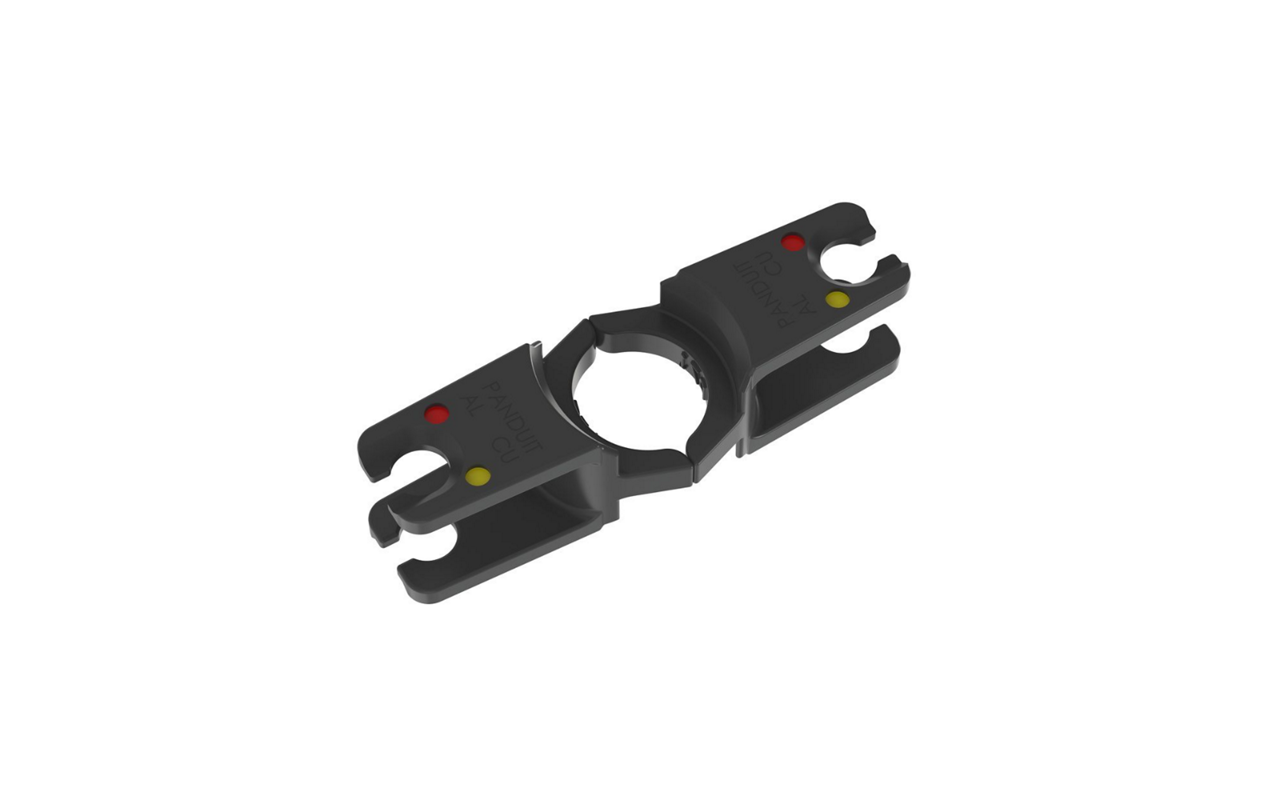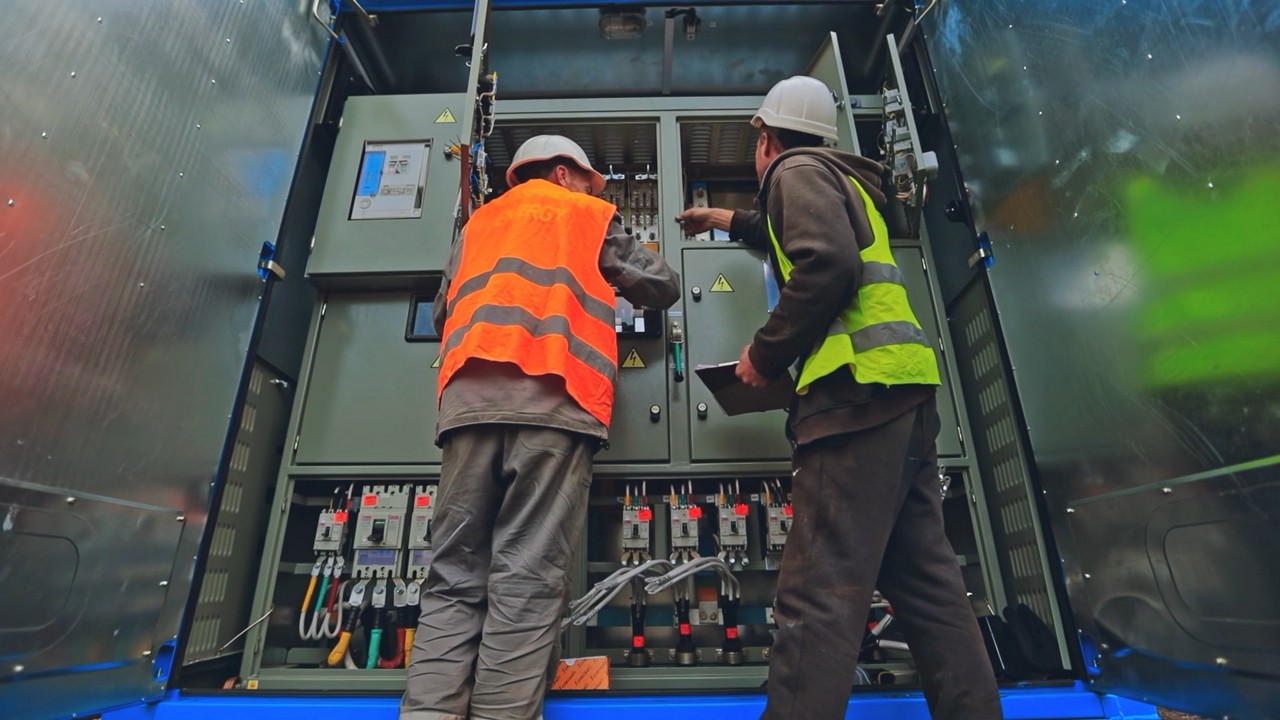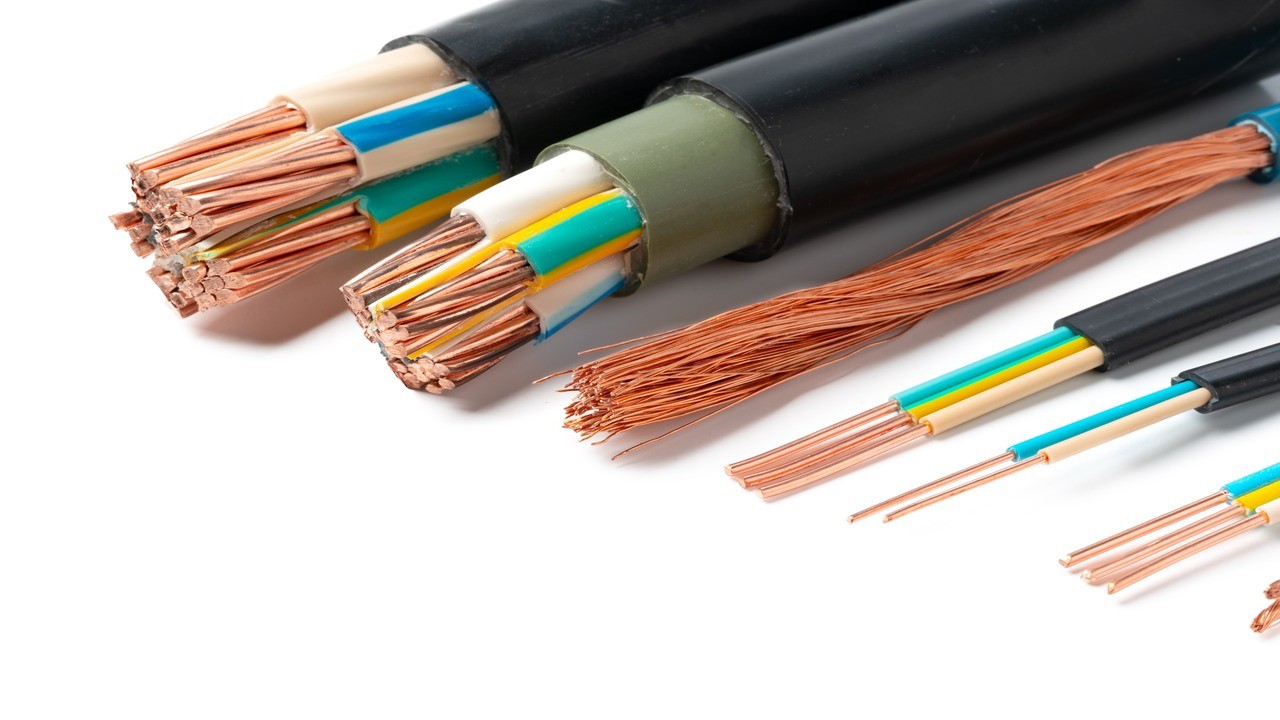In the world of electrical terminations, certifying a secure and reliable connection is paramount. Whether you're using terminals, disconnects, or ferrules, the quality of your crimps can make or break the performance of an electrical system. One critical factor that often goes overlooked is the proper alignment of dies in crimping tools. Misaligned dies can cause significant quality complaints-from poor electrical contact to mechanical failure.
In this blog, we’ll explore why die alignment is crucial, how it impacts quality, and what can be done to prevent costly issues.
Why Die Alignment Matters
In crimping tools, dies are responsible for forming the electrical connection by compressing the terminal or ferrule onto the wire. Proper die alignment ensures that the crimp is uniform and that the tool delivers consistent force to the terminal, which guarantees a reliable electrical and mechanical connection. Misaligned dies, on the other hand, create uneven crimps that may result in poor conductivity, loose connections, or even damage to the terminal or wire.

The importance of die alignment can be broken down into three key areas:
- Electrical Performance
Properly aligned dies ensure a uniform compression of the terminal or ferrule, maximizing contact area between the wire and the connector. A secure and uniform crimp minimizes resistance, which is crucial for efficient electrical flow. Misalignment can lead to incomplete crimping, which increases resistance and creates the potential for overheating and power loss. - Mechanical Integrity
Crimps that lack uniformity due to misaligned dies are prone to mechanical failure. If the terminal or ferrule isn’t compressed evenly, it may become loose under vibration or mechanical stress. This is particularly critical in applications where the connection will experience motion, such as in automotive or industrial environments. A loose connection can result in intermittent electrical issues or complete failure over time. - Quality and Compliance
In industries that follow strict standards, such as UL or IEC, crimping quality is closely monitored. Proper crimping tools and die alignment ensure that electrical terminations meet the required specifications. A misaligned crimp can cause a product to fail quality testing, leading to rework, delays, or worse—warranty claims and customer dissatisfaction.


Common Causes of Die Misalignment
Understanding the causes of misalignment can help technicians avoid issues before they start.
Some of the most common causes include:
- Wear and Tear: Over time, even the best tools can wear down. Frequent use can cause dies to become misaligned, leading to substandard crimps. Regular tool maintenance and inspection are crucial to prevent this.
- Improper Setup: Sometimes, the root cause is human error. Improperly installing or setting up crimping dies can result in misalignment. It's essential to follow the manufacturer’s guidelines and verify that dies are seated correctly before crimping.
- Inconsistent Tooling: Using mismatched dies and terminals that are not designed to work together can result in alignment issues. It’s important to select the right tooling and ensure compatibility with the terminal being used.

Preventing Die Misalignment and Ensuring Quality
Preventing die misalignment is all about diligence in the setup and maintenance of crimping tools. Here are some best practices to ensure your dies are always properly aligned:
- Regular Maintenance and Calibration: Just like any precision tool, crimping tools should be regularly maintained and calibrated. Check the dies frequently for signs of wear and verify that they are correctly aligned. Many manufacturers offer calibration services to help ensure tools remain in peak condition.
- Visual and Physical Inspections: Before starting a crimping operation, always inspect the die alignment. Most tools have visual or physical markers that can help ensure proper positioning. If a crimp doesn’t look or feel right, stop and troubleshoot the issue before proceeding.
- Use the Right Tool for the Job: Ensure you’re using the appropriate crimping tool and die set for the terminal type and size. Mismatched dies or terminals can create alignment problems and compromise the quality of the crimp.
- Training and Best Practices: Operators should be trained on the importance of die alignment and proper crimping techniques. This ensures consistency across shifts and minimizes the likelihood of misalignment going unnoticed.
- A Panduit representative will come to train you at your facility on proper crimping techniques. Fill out this form below to request complimentary training today. Request a Training
Conclusion
Die alignment is an often-overlooked aspect of crimping that can have significant consequences if ignored. Misaligned dies can lead to poor electrical performance, mechanical failure, and ultimately, dissatisfied customers. By following proper maintenance practices, conducting regular inspections, and using the correct tooling, companies can avoid quality complaints and ensure their electrical terminations are reliable and compliant with industry standards.
At Panduit, we emphasize the importance of quality in every aspect of electrical termination. Our crimping tools and dies are designed for precision and reliability, helping to minimize the risk of misalignment and ensure the highest quality results every time.
For more information on our Crimping Tools and Die Solutions, please visit: Power and Grounding Solutions - Panduit.



